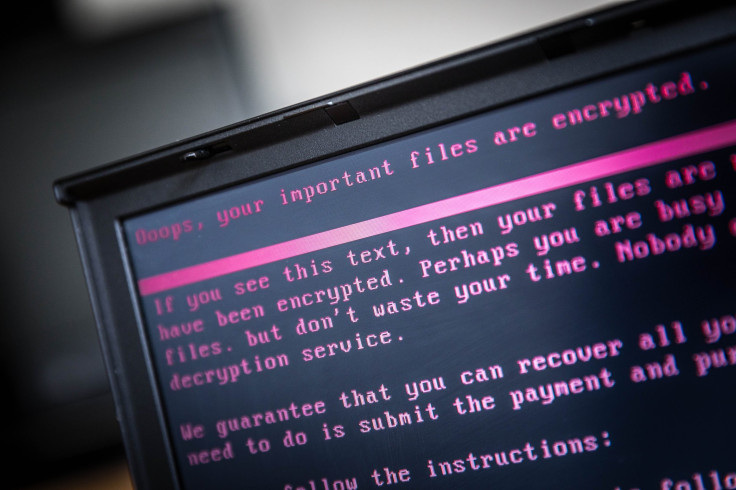Cyberattacks On NATO Networks About 500 A Month, European Defense Agency Says

The European Defense Agency (EDA) tweeted Thursday that NATO networks encounter about 500 cyber attacks every month.
"We have about 500 #cyber attacks against @Nato networks on a monthly basis", says @NCIAgency's @KJScheid at #EDAConf2017
— European Defence Agency (@EUDefenceAgency) November 23, 2017
EDA is an EU organization whose primary objective is to foster defense cooperation among members; it reports to the Council of the European Union.
On the other hand, NATO is an inter-governmental military alliance that multiple states in North America and Europe are members of.
It is alarming, as the tweet mentions, such a large number of cyber attacks could happen in the networks of an organization as significant to the Western world as NATO.
Also the fact that it was revealed by the EDA — another important European organization — says a lot about the changed times we live in.
The attacks prove that we live in a world where even the most important and powerful organizations in the world are vulnerable to cyber attacks, and pretty much ill-equipped to prevent them.
At the same time, this revelation shouldn’t come as too much of a surprise, given how many times high profile corporate entities and government organizations around the world have found themselves at the wrong end of such attack in the last few years.
The WannaCry ransomware attack in May which affected companies and governments across the world is perhaps the most well known of such attacks.
The attack targeted computers which ran Microsoft’s Windows operating system by encrypting data in the computers, making it inaccessible to users. The attackers then demanded ransom payments in the form of Bitcoin cryptocurrency for the user to have the decrypted data back.
From the Andhra Pradesh police in India to the Chinese public security bureau to England’s National Health Service and the University of Montreal in Canada, more than 50 organizations, both governmental and private, came under the attack.
As far as the United States is concerned, the worst breach of U.S. military computers in history happened way back in 2008, reportedly instigated by a foreign intelligence agency. The attack released a malicious worm in a laptop computer that was linked to the U.S. Central Command.
The severity of the attack was such that the Pentagon ended up spending almost 14 months cleaning up the worm, which affected a large number of documents, including classified ones.
There are plenty more instances of cyber attacks shaking countries and organizations in the near past: the Singapore cyber attacks that was instigated by anonymous parties in 2013 to fight web regulations in that country; the attack during the Paris G20 summit in 2011; the Shadow Network attack of 2010 by the Chinese on the Indian government; or the Operation Newscaster attack of 2014 —supposedly instigated by Iran targeting American politicians.
The abruptness and the anonymity with which these attacks were carried out make them scary, to say the least.
With the latest reveal by the EDA, which hints at a frequency of attack never imagined before, the scariness level has only been heightened.
© Copyright IBTimes 2024. All rights reserved.





















